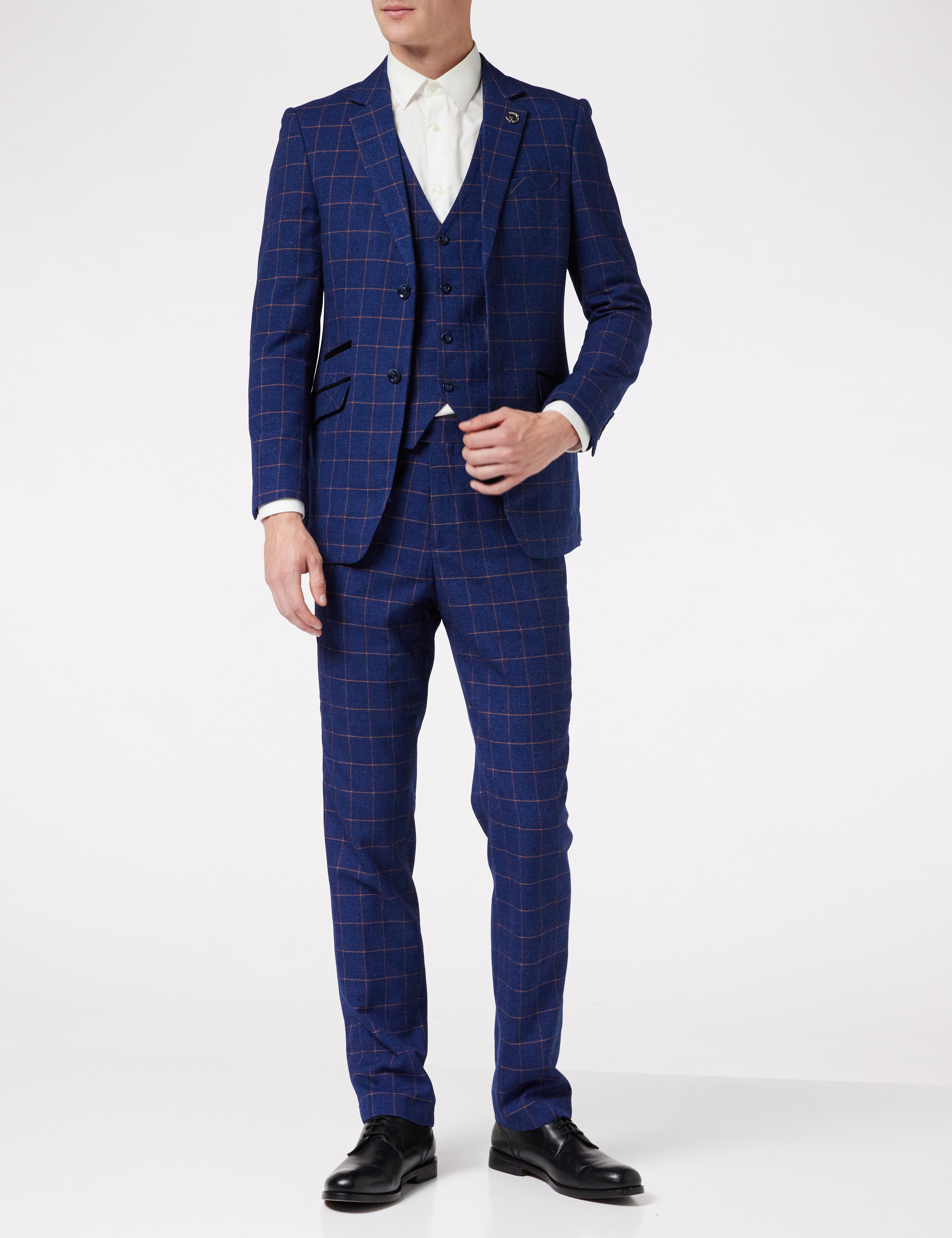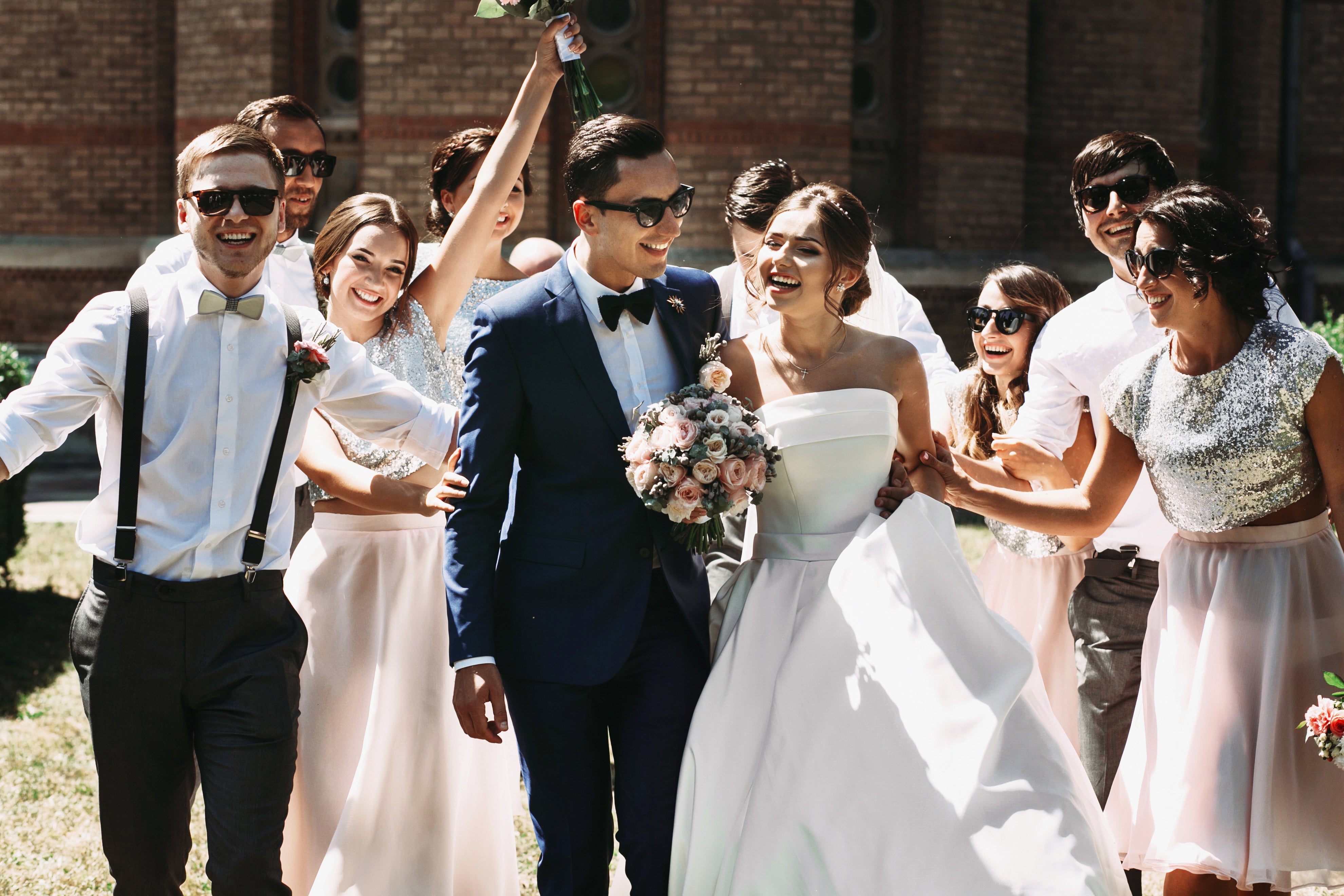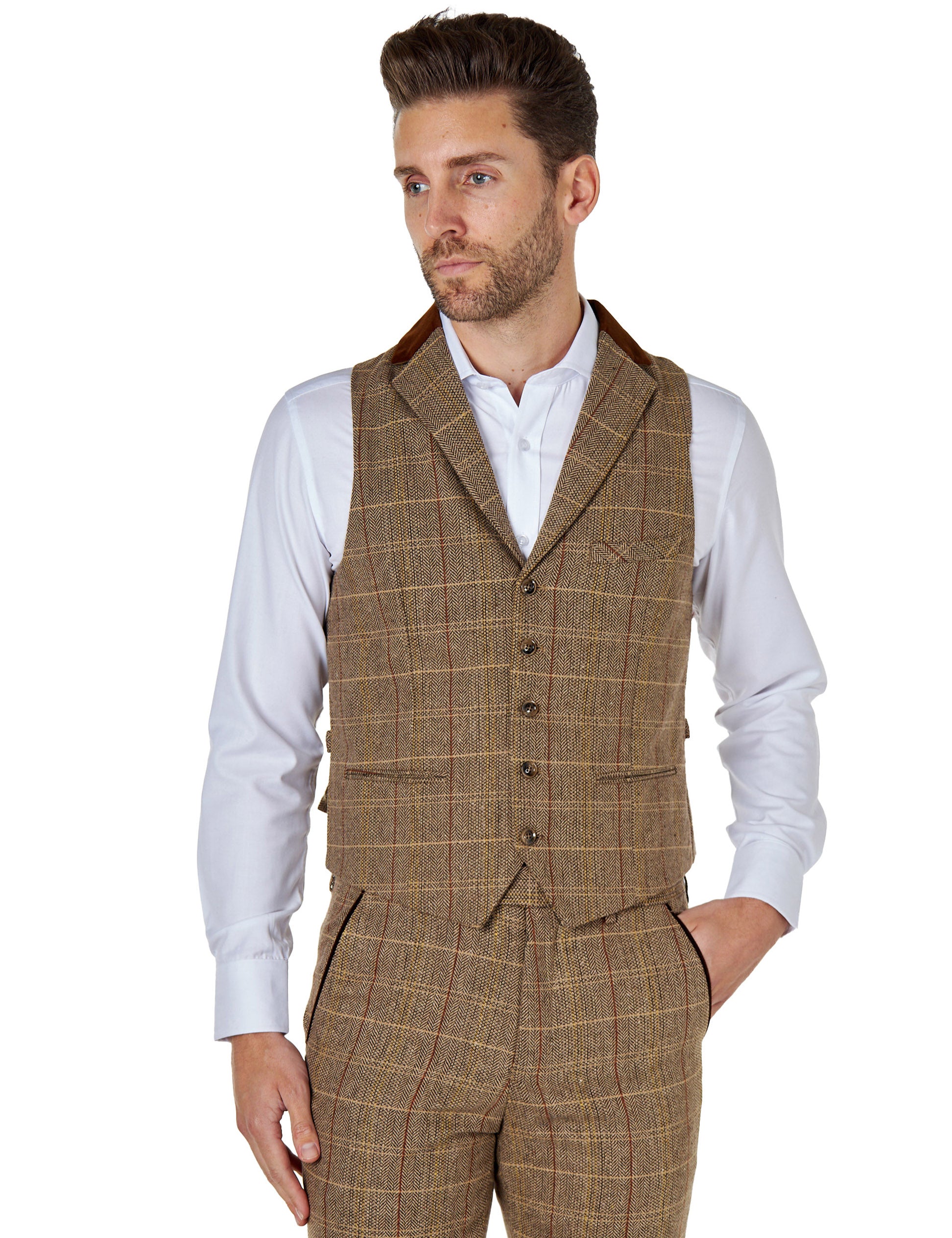Wearing a coat with a suit
A coat may be a bit of a utilitarian measure – worn to cheat the cold and the rain – but that doesn’t mean it needn’t be stylish. After all, if you’re going to an important conference or meeting a client outdoors, that’s the first thing they’ll see, and first impressions last. If you’re planning on wearing a jacket or coat over a suit, you can get it right with a few pointers.
The important thing is to make sure you get a coat that matches the style and formality level of the suit you’re wearing. It’s quite depressing to see a guy wearing a fashionable suit topped off with a cagoule from the discount camping shop. Your coat should be an extension of the suit. That does not necessarily mean it should be in the same fabric. Apart from probably being impracticable, it’s not meant to be a four-piece suit. In fact, having a discernible contrast helps, as it won’t look like a faded version of the suit.
Don’t ignore the reason you’re wearing a coat, and the potential inconveniences. Waterproofing is essential in a raincoat, but make sure it’s breathable, either in its fabric or by vents designed into it. A lot of sweat can build up in there – rain falls in the summer, too. For changeable but moderate weather, you will probably be in and out of your coat all day, so choose one that’s light, foldable and portable. It’s priceless if you’re getting on a train or plane.
Below, we’ll look at what coat to wear with a suit, and how to style it.
Types of coats to wear with suits
So what are the coats that you can wear over a suit? We’d say there are four main types of long coat: an overcoat, a trench coat, a Chesterfield or a raincoat. For a shorter style, you can wear a men’s pea coat, which is good for autumn and spring.
Finding the right fit
The potential problem of putting a coat over a suit is that it’s going to add to the bulk. You might have a vest, but you’ll certainly have a shirt and a suit jacket, so just one more layer, which might also be quite thick, can make a lot of difference. The main area to watch is the arms. Go too bulky there and it will seriously affect your mobility and your comfort.
Ideally, your coat should have sleeves that slide over your suit without crumpling your jacket sleeves, but don’t have too much room above that. If you’ve got a summer suit, the sleeves might be quite narrow and thin themselves, so your summer coat’s sleeves might actually be not much wider than a loose-fitting suit. A winter suit will usually be made of a slightly bulkier fabric, so bear that in mind when choosing a coat.
If it’s an option, take your suit jacket out with you when you’re shopping for a coat. You’ll be able to find out instantly how much mobility you have. If you’re shopping online, look out for any details they give on styling, as some coats are designed to be worn over simple clothes like shirts and light knitwear, while others are designed to be worn over a suit. Pay attention to how it is being modelled. And of course, choose a seller that makes it easy to try at home and return it if it isn’t right.
Coat types and styling tips
Here’s a breakdown of the coat types and how to wear them over a suit.
Overcoat
As the name suggests, the overcoat is designed specifically to be worn over a suit. It’s generally quite light but has a degree of insulation. They can be waterproof, but usually they’re just showerpoof, so remember your umbrella. Don’t be scared to go for a bolder colour than that of your suit – an overcoat in a light tan or a muted blue can look spectacular against a dark suit. If you’ve got a light-coloured suit, a darker grey will usually work best.
Trench coat
There are a lot of styles of trench coat out there, from formal ones to the types students like to be seen in. That’s partly because the term has become a catch-all for any knee-length coat, for men or women. Trench coats can be quite loose and unstructured, but that’s part of the charm. There’s always a film noir spy undertone to them, which is great if you can pull it off. They often come with a belt, too, and it’s good to use it for its intended purpose – it brings the coat in at the waist and gives a more flattering silhouette.
Chesterfield
The Chesterfield is a really smart coat for formal wear, extending right down to the knees and with neat tailoring. The signature feature is the collar, which is usually made of velvet of a different colour to the coat, usually black. Nowadays, the collar might be made of some other fabric, and there are some coats advertised as Chesterfields that don’t have this feature. Chesterfields are relatively straight, but will usually flare out at the bottom ever so slightly. That makes it easier to sit and stand, but also gives a pleasing profile.
Raincoat
You’ll never guess what this one is for. Look for a light, easily packable raincoat, as it’s definitely one that you’ll be taking off and putting on many times during a changeable day. As with the overcoat, look for breathability to avoid getting clammy when you’re wearing it. Classically, that was achieved through a large flap that spanned the whole back, which works well, but might let a draft in if it’s chilly. Nowadays, breathable fabrics (often in collaboration with a flap) make them generally more comfortable to wear, especially if you’re quite active. A good raincoat always looks fantastic when worn with a hat, too. And you won’t find a better type than a matching trilby or fedora.
Pea coat
This type of coat started life on the oceans as a smart but functional coat for sailors. But as with most military gear, it ended up on the high street, and it’s now a fashion staple. Pea coats differ from the examples above as they are shorter – generally not much longer than the suit jacket. So if you’re wearing a pea coat over a suit, aim for a contrasting colour, otherwise it might just resemble slightly mismatched trousers and jacket. Because they’re small, they can be quite smart and sleek, as there aren’t expanses of loose fabric to catch the wind. They work particularly well with a slim, close-fitting suit, as wide trousers will overpower the balance between top and bottom halves.
It all starts with the suit
Before you shop for coats to wear with suits, you of course need a suit. If you care about styling, quality and choice, head over to our collection of exquisitely designed suits – you’re sure to find what you’re looking for. Whether it’s a wedding, a black tie event or just an everyday work suit, we’ll get you looking your best.








